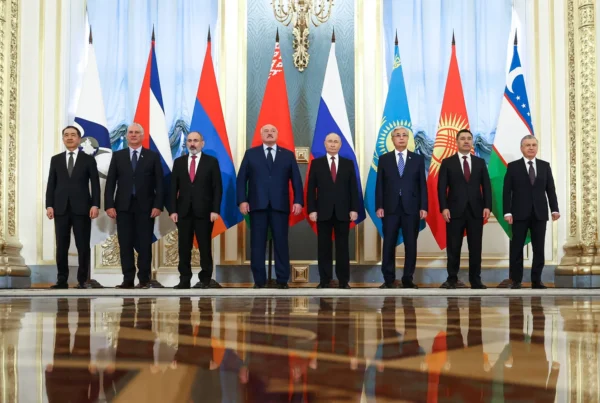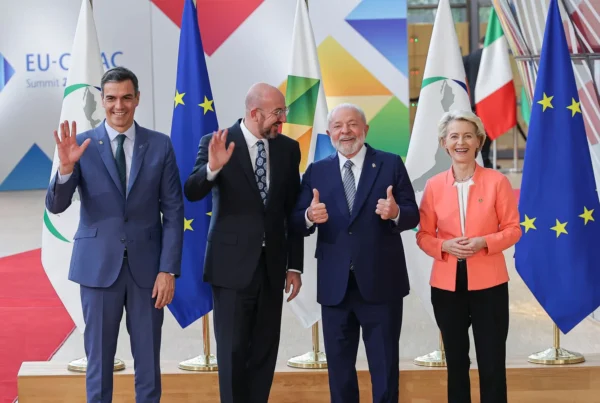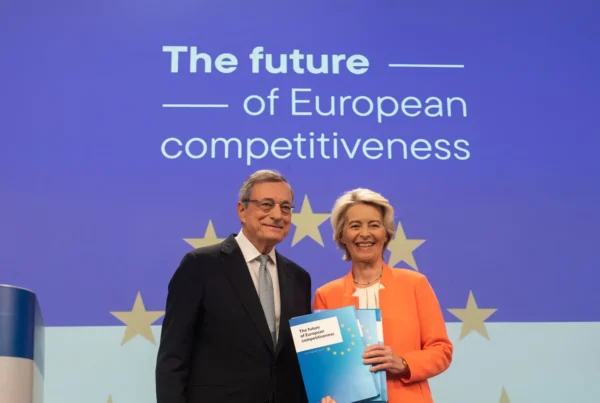Green hydrogen uses renewable electricity to split water’s molecules. The US, EU, India, Republic of Korea, Japan, and Australia have increased subsidies in their push to reduce reliance on fossil fuels. Without these subsidies green hydrogen cannot currently compete with hydrogen made from natural gas. With the support of the IBD (Inter-American Development Bank), the Southern Cone countries can realize their potential to become key players in the global low-carbon hydrogen market.
Florencia Attademo-Hirt
8 August 2023
Arabic version | Chinese version | Russian version | Spanish version
The energy transition requires changes in both energy production methods and energy use. On the supply side, it involves developing non-fossil technologies, synthetic fuels, and infrastructure for storage and transportation. On the demand side, it entails promoting energy efficiency, equipment replacement, electrification, and changes in consumption patterns. Hydrogen (H2) can play a crucial role by replacing fossil fuels in areas where electrification is not feasible, such as energy-intensive industrial processes, aviation, and long-distance maritime or land transportation. Currently, most hydrogen is made using natural gas, a fossil fuel. Green hydrogen uses renewable electricity to split water’s molecules.
Nevertheless, low-carbon hydrogen (green hydrogen) faces several barriers to becoming competitive in various end-use applications. The main challenge is its cost, which is still not competitive compared to fossil fuel-based production without carbon capture (gray or brown hydrogen). Additionally, the storage and transportation of hydrogen pose challenges, especially when dealing with large volumes and long distances. Overcoming these barriers and enabling green hydrogen to become a widespread energy carrier requires specific policy actions at different development stages: firstly, achieving technological maturity, then penetrating local/global markets and, ultimately, achieving sustained growth.
In 2022 government subsidies for green hydrogen have increased globally including in the EU, India, Australia, and the US. President Biden’s Inflation Reduction Act, aims to decrease the cost of US green hydrogen down to a quarter of present levels within a decade through a series of tax incentives in the amount of USD 9.5 billion. The EU adopted the EU Hydrogen Strategy in 2020 with the goal to increase the share of hydrogen in the EU’s energy mix to 13-20% by 2050.
A detailed examination of countries’ roadmaps reveals the potential for exponential growth in the share of green hydrogen in the global energy matrix. According to the World Hydrogen Council, a powerful industry-led hydrogen lobby founded in 2017, projected annual growth in hydrogen demand by 2030 exhibits a moderate rate of 4.5% (annual average) compared to the 8.1% expected for the 2030-50 period. This two-speed trend is the result of current clean hydrogen projects being mostly in the pilot or pre-commercial phase, with electrolyzer capacities well below 50 MW. However, from 2030 onwards, expected cost reductions and stronger global regulatory frameworks regarding carbon emissions are expected to create incentives for higher demand.
Furthermore, 75% of projected global demand by 2050 (660 Mt/year) will be concentrated in a handful of markets: China, India, Japan, Republic of Korea, Europe (without Russia) and North America. China anticipates a demand of nearly 200 Mt/year by 2050 and aims to achieve self-sufficiency in low-emission hydrogen production. The case of North America (the United States and Canada) is similar, as they are major consumers but also have the capacity for self-supply. In contrast, Japan, the Republic of Korea, and Europe are at a disadvantage as they lack enough space or natural resources to produce all the hydrogen they expect to consume. Consequently, imports of low-carbon hydrogen and its derivatives will be crucial for meeting their environmental goals and commitments.
What role do the Southern Cone countries – Argentina, Brazil, Chile, Paraguay and Uruguay – play in this context?
The Southern Cone countries are well positioned to become key players in the global low-carbon hydrogen market. On the one hand, they are endowed with abundant clean energy resources and land availability to produce low-carbon hydrogen, positioning themselves as potential net exporters. On the other hand, the potential contribution of hydrogen for reducing their own emissions is relatively low compared to other alternatives, such as direct electrification and energy efficiency improvements — which can be implemented more rapidly and at a lower cost.
An analysis conducted by the Inter-American Development Bank (IDB) highlights that the Southern Cone countries have a comparative advantage when assessing potential medium- to long-term production costs across several regions. For instance, the average Levelized Cost of Hydrogen (LCOH) estimated for 2050 in the Southern Cone countries is USD4 3/kg (4.1 to 4.5 range) compared to USD 4.6/kg for Canada and USD 4.8 /kg for Australia.
Additionally, the Southern Cone region has substantial experience in renewable energy investments, with good practices that can be replicated in the hydrogen industry. For instance, the Salto Grande Hydropower Complex supplied 3% of electricity demand in Argentina and 33% of demand in Uruguay (between 2017-2021) and is an example of coordinated generation capacity and regional integration. Generation capacity is defined as “the upper limit of electricity production that a power plant or energy generation system can achieve within a specific time frame, typically measured in megawatts (MW) or gigawatts (GW)”.
However, the path ahead is long, and presents multiple challenges, including the cost of and access to capital and the strength of institutional frameworks.
The IDB is building a roadmap with the Southern Cone countries to realize the green hydrogen potential. To achieve this, it is providing technical assistance and supporting structural reforms that will enable opportunities for large-scale private investments. In this sense, the IDB believes it is crucial to quickly address legal and regulatory gaps throughout the value chain. This means, revamping energy sector policy frameworks and regulatory agencies; defining and adopting standards for country-of-origin certifications; and promoting regional integration of key infrastructure such as ports, roads, power lines, pipelines. As an example, the IDB recently approved a results-based loan for Chile (USD 400 million) that aims at: (i) promoting private investments in green hydrogen and derivatives; and (ii) expanding the supply of public inputs for the green hydrogen and derivatives industry and foster domestic demand for such products.
Green hydrogen will play an important role in achieving the climate goals of the Paris Agreement. In this yet-to-be-written story, the countries of the Southern Cone find themselves in a unique and promising position to become key actors and drive sustainable change.







